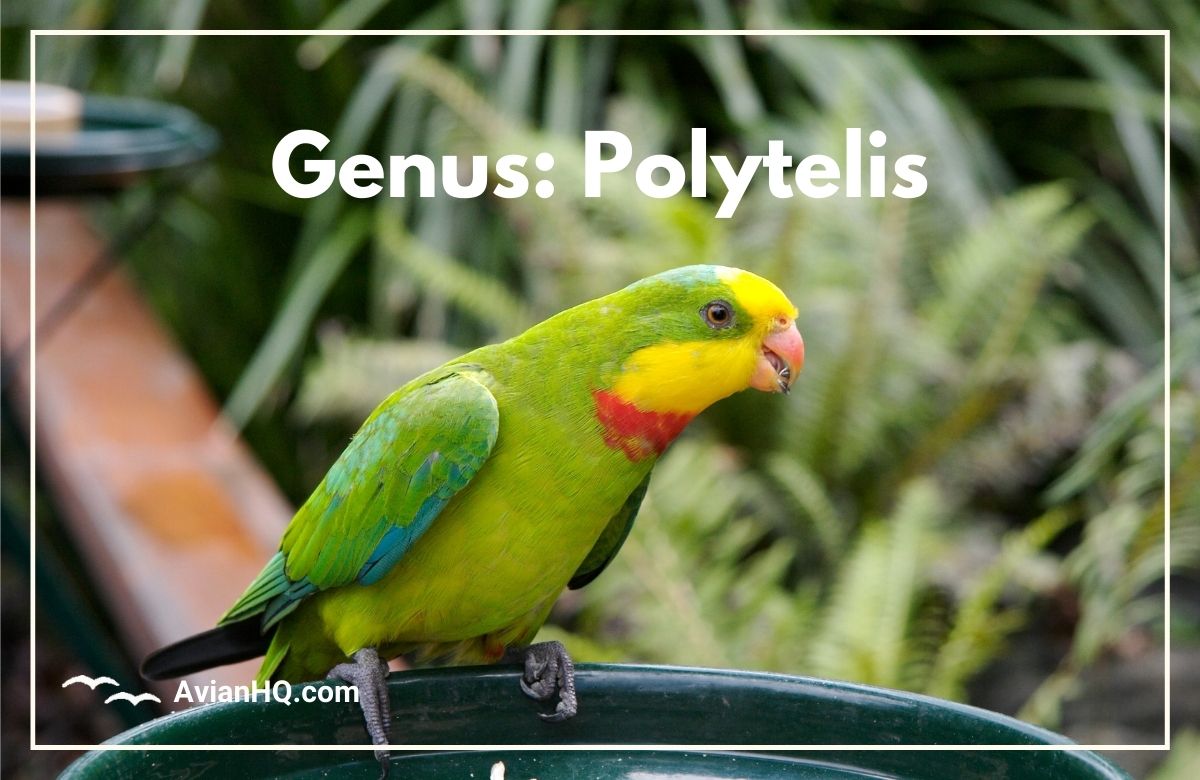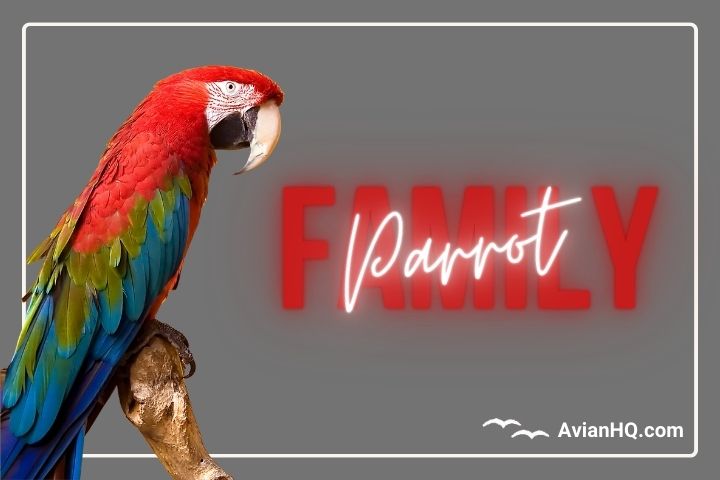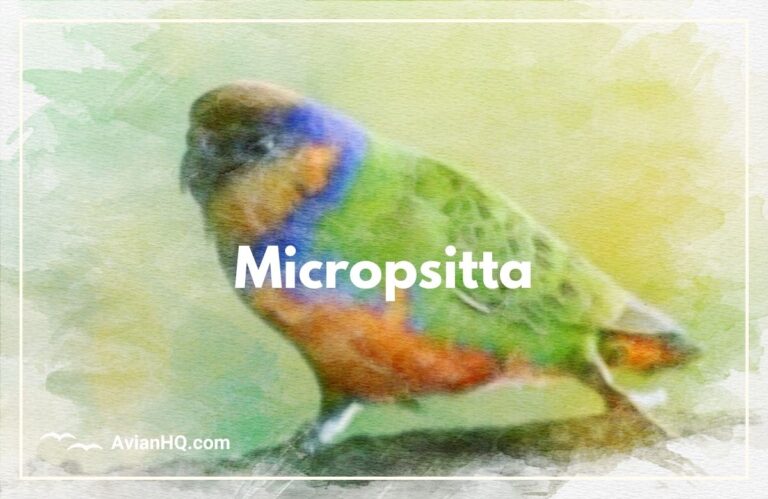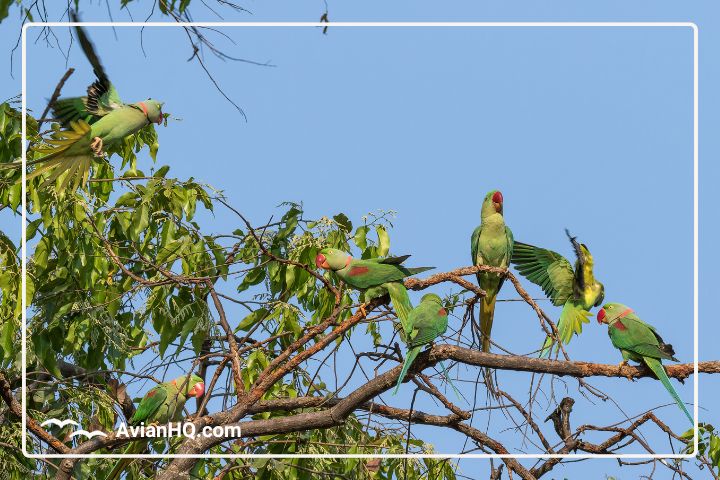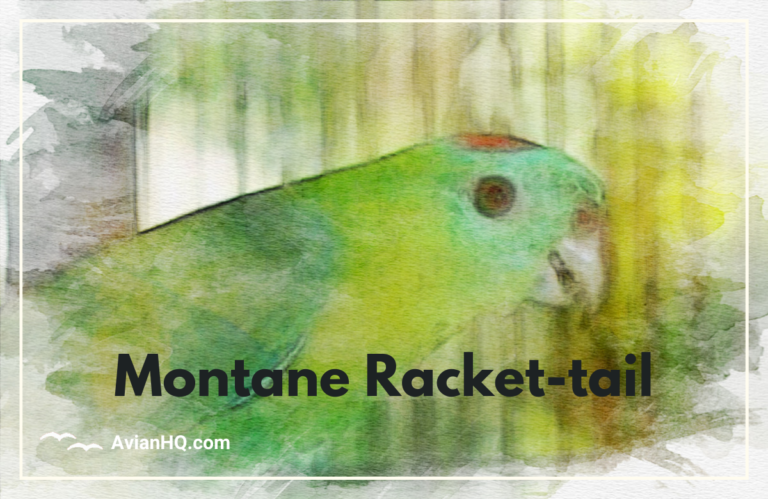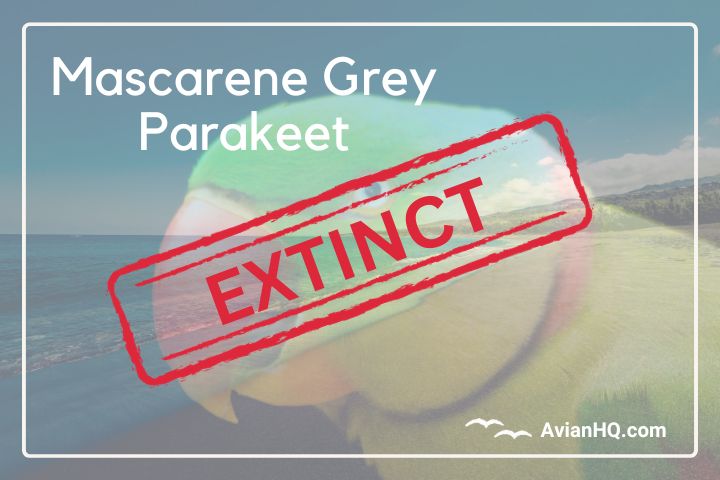Genus: Polytelis
Have you ever seen a flash of green and yellow feathers out of the corner of your eye and wondered what kind of bright parrot that was? Chances are it was a bird from the magnificent Polytelis genus. This group of parrots endemic to Australia brings color, energy, and even controversy to their native habitats.
The Polytelis genus includes three vibrant parrot species with exceptionally long tails that constitute almost half their body length. “Polytelis” literally translates to “magnificent” – a perfect descriptor for their vibrant plumage.
“Polytelis parrots captivate with their beauty but some species pose complex conservation challenges.”
In this blog, we’ll train our binoculars on these birds and spotlight three Polytelis species in particular:
- The superb parrot (Polytelis swainsonii) with it’s bright green back and scarlet chest band
- The bold yellow and green regent parrot (Polytelis anthopeplus) nickamed “the rock pebbler”
- The aptly named princess parrot (Polytelis alexandrae) with it’s lush pink throat
We’ll showcase some of the Polytelis’ more quirky behaviors, unpack their cultural symbolism, and examine threats these species face in the wild. Read on for an in-depth look into the lives of Australia’s magnificent long-tailed parrots!
Species Spotlights
The Superb Parrot lives up to it’s name, fluttering through the eucalyptus forests of southeastern Australia in vibrant green plumage with a scarlet band like a medal across it’s chest. Males sport a sunny yellow face and females don subtle teal above gray-green below. Though these 16-inch long parrots dine peacefully alone or in small groups, they nest socially near each other in the hollows of trees.
The Regent Parrot patrols the woodlands and scrublands of coastal southwest and southeast Australia in search of seeds and fruits. Both the male’s bright golden plumage and female’s more reserved green apparel feature elegant navy flight feathers underneath and a dark emerald band stretching the length of their 16 to 18-inch tails. You’re most likely to spot these social and vocal birds bonding in pairs or gossiping in flocks of up to 100!
Last but not least, the subtly show-stopping Princess Parrot roams Australia’s arid interior looking as royal as it’s name suggests with a lush pink throat, bright teal crown and wings set against vibrant green feathers. Though they travel nomadically in unassuming small groups that belie their beauty, they gather conspicuously to breed when food abounds. These striking 14 to 18-inch parrots take shelter from the desert heat in the hollows of old eucalyptus trees.
Behavior and Intelligence
The Polytelis parrots are known for their intelligence, playfulness, and ability to mimic speech. They form strong social bonds with flock mates and human caretakers.
These clever birds can learn words and phrases and may greet you or make requests in their oozing, warbling “parrot talk.” The princess parrot in particular has a reputation for vocal mimicry talent. Regent parrots are also adept imitators of calls and sounds.
All Polytelis parrots exhibit ability to use tools and solve problems. For example, the regent parrot may use small pebbles or other objects to break open stubborn seed pods.
The genus shows a full range of parrot behaviors like climbing, hanging upside down, cracking hard nuts and fruits with their curved beaks, and flying at speeds up to 35 miles per hour.
Polytelis parrots enjoy attention and head scratches and may bond closely with caretakers or fly to humans they know for affection. But they can become aggressive in breeding season when hormones run high.
These intelligent birds thrive when kept active. They benefit from large aviaries or flights that allow ample space to climb about and keep their powerful flight muscles exercised. Without sufficient physical and mental enrichment, these stunning parrots may grow bored and destructive.
Cultural Significance
Polytelis parrots have captured human imagination for centuries with their stunning colors and behaviors. Aboriginal groups like the Nyungar people of southwest Australia integrated the regent parrot into oral traditions and lore. The Nyungar language includes special words like “yalop” and “wookonga” used to describe these birds.
European settlers brought tales of the birds’ beauty to new shores. The superb parrot first entered scientific literature when artist Jacques Barraband captured it’s likeness for a botanist’s publications in 1801. Meanwhile, the vibrant princess parrot was named by explorer Samuel White to honor Alexandra of Denmark’s marriage into British royalty in 1863.
These royal parrots remain cultural icons today. The princess parrot graces the emblem of Australia’s Princess Alexandra Hospital. Aviculturists and bird enthusiasts still prize Polytelis parrots as household pets and breeding stock for their stunning looks.
However, wild populations now require careful management. Logging of ancient nesting trees drove the superb parrot close to endangered status by destroying prime breeding habitat. And while aviculture helps preserve valuable genetic diversity, escaped pets may compete with native birds for habitat and resources.
Threats and Conservation
Though striking and beloved, Polytelis parrots contend with habitat pressures across their Australian range. Deforestation strips away crucial nesting and feeding grounds. The superb parrot flirts dangerously with extinction after logging collapsed breeding colonies in key ironbark and river red gum stands.
Climate shifts also pressure populations. Extended drought dries up the seed supply princess parrots rely on. More extreme bushfires torch tree hollows and regenerating habitat. Added competition from invading species intensifies resource constraints already strained by human development.
Conservationists advocate habitat restoration and protection policies to ensure viable breeding pockets exist across Polytelis birds’ range. Captive breeding initiatives help safeguard vulnerable genotypes while scientists work to reestablish wild populations.
Average citizens can aid backyard visitors by planting bird-friendly gardens with seed producing flowers and fruit shrubs. Following regulations about escaping pets helps protect wild Australian birds from competition. Through public education about sustainable development, smart resource management policies, and community goodwill, these beloved parrots will continue brightening their native land.
Conclusion
The parrots of the Polytelis genus dazzle with vibrant plumes and energetic antics that capture hearts and imaginations. But they also serve as ambassadors for Australia’s fragile habitats. Efforts to save the princess parrot shine spotlights on desert ecology while campaigns to protect the superb parrot’s ancient nesting trees call attention to sustainable forestry.
These charismatic birds motivate conservation work from scientific breeding initiatives to community replanting projects. Their partnerships with humans trace back to indigenous oral histories and forward to aviculture preservation.
Still, challenges remain for Polytelis species and their woodland homes. Reckless development strips crucial habitat. Climate disruption strains the parrot populations already balancing human pressures. The outlook remains cloudy, especially for the endangered superb parrot.
Concerted action and public commitment can provide a hopeful way forward. You can join the movement to respect these birds by creating native plant gardens, participating in community science initiatives, or reaching out to decision makers about smart policy changes.
Together, we can ensure the gold, green and scarlet flash of Polytelis parrots brightens Australia’s vistas for generations to come. The time to act is now – for the exquisite princess parrot, the bold little “rock pebbler” regent, and the magnificent superb parrot.

